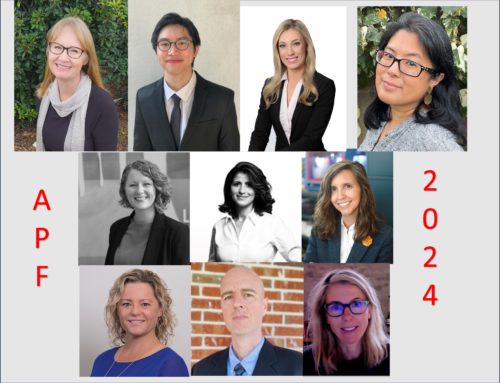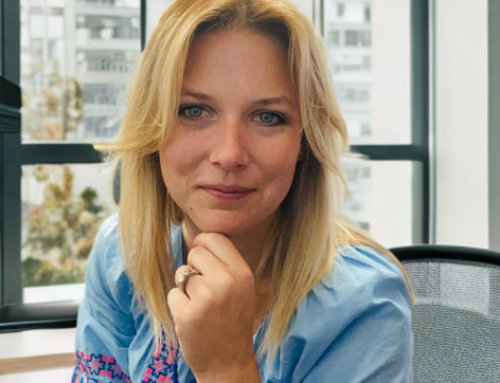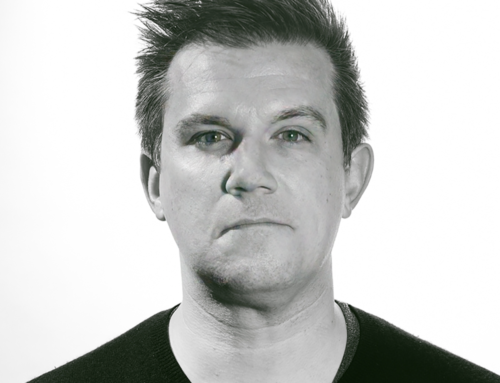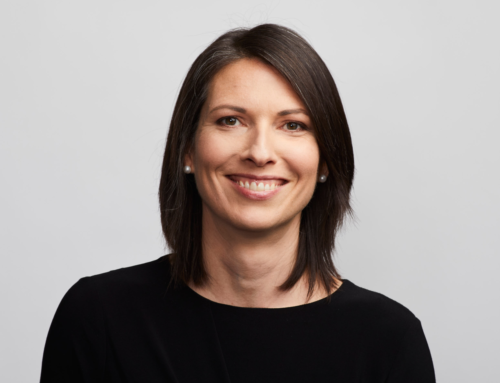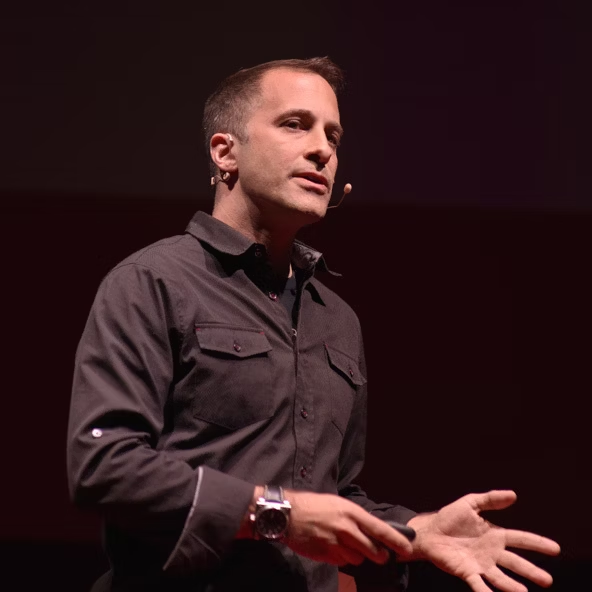Popular Mechanics recently published an article, “How to See the Future,” that discusses the work that futurists do and notes that one can earn a degree in futures studies. I reached out the futurist who was interviewed for the article, Glen Hiemstra, and he shared deeper insights with me below.
Hiemstra noted that he defines futurist work as consisting of three major streams:
- Forecasting: developing methodologies for anticipatory thinking and then making observations about probable futures – trends and developments – best exemplified by the various forms of environmental scanning.
- Developing pictures of possible futures, best exemplified by scenario planning and also by science fiction writing. Exploring “what if” possibilities.
- Defining preferred futures, a process for assisting organizations (or individuals for that matter) to envision preferred futures and then refine those images into a preferred vision and from there into a set of strategies or steps that will move them in the preferred direction. This activity may, and usually does, involve preliminary steps that involve the first two forms of futurist work.
His work has involved all three primary activities. He is an avid consumer of those who specialize in forecasting or imagining possible futures, and he works with clients to make sense of the patterns of change and opportunities that these forecasting and imagining activities produce. In some work – presentations for example, or certain workshops – the task starts and pretty much ends with an exploration of future trends and their strategic implications.
With clients involved more deeply, there is a desire to produce a new vision and plan, and in these engagements he spends time developing images of preferred futures, and then sorting and refining those images to craft a true new vision for the preferred future. While a preferred future vision can be developed in a single retreat or workshop, most often such work involves deeper engagement with an organization over time, with a series of retreats, workshops and meetings. Often there is some process for involving not just a task force or management team, but also for seeking input from a wider circle within or even from everyone in an organization. The vision work then usually leads to a process for defining values, mission, strategies, actions and some kind of follow up or monitoring process for tracking how well the organization is doing in seeking its vision.
The increasing awareness of futurists and their work reflects the important value that foresight contributes. Seeing the future that we want is as critical as seeing the alternative futures hinted at by trends. Thank you, Popular Mechanics and author Lara Sorokanich for the insightful piece on futurists and for covering the work of futurists. Thank you deeply to Glen Hiemstra who went above and beyond in responding to me and elucidating that key area of futurists’ work of preferred futures. — Joe Murphy, Foresight student


